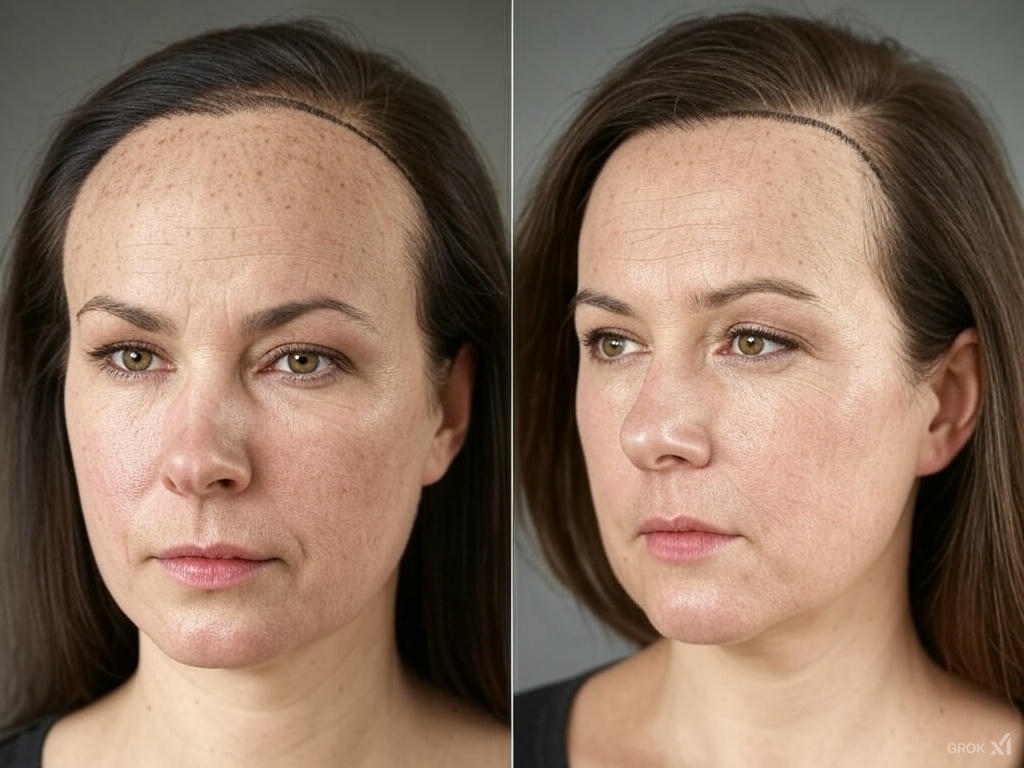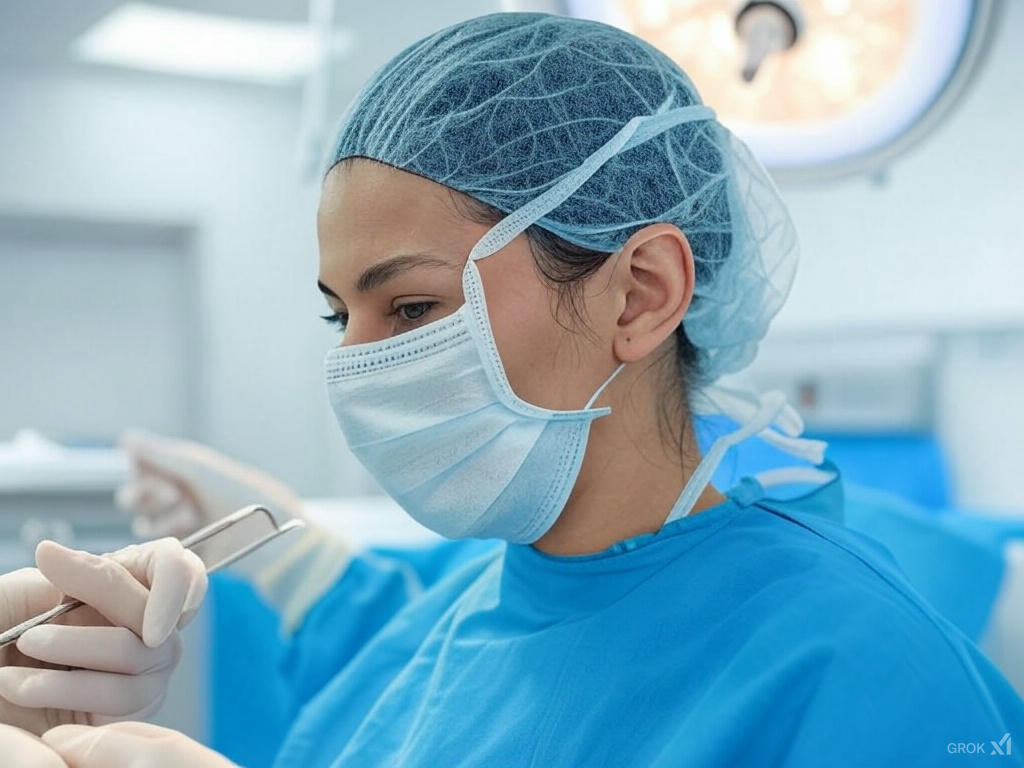1500+ ★★★★★ REVIEWS
Restoring Confidence: The Ultimate Guide to Hair Transplant Surgery

Hair loss can be a deeply personal and emotional experience, affecting millions of people worldwide. For those seeking a permanent solution, hair transplant surgery has emerged as a trans-formative option, offering natural-looking results and a renewed sense of confidence. With advancements in medical technology and techniques, hair restoration is more accessible and effective than ever before. This comprehensive guide explores everything you need to know about hair transplant surgery—from understanding the process to choosing the right procedure and preparing for recovery. Backed by expert insights and authoritative sources, this article will empower you to make informed decisions about restoring your hair and confidence.
Table of Contents
What Is Hair Transplant Surgery?

Hair transplant surgery is a medical procedure that involves moving hair follicles from one part of the body (typically the back or sides of the head, known as the “donor area”) to areas experiencing thinning or baldness (the “recipient area”). The goal is to restore hair growth in a way that looks natural and blends seamlessly with existing hair. According to the American Academy of Dermatology (AAD), hair transplants have been performed since the 1950s, but modern techniques have significantly improved outcomes. Today, the procedure is minimally invasive, with high success rates when performed by qualified professionals. It’s primarily used to treat androgenetic alopecia (pattern baldness), but it can also address hair loss due to injury, burns, or medical conditions.
How Does Hair Transplant Surgery Work?

The process begins with a consultation where a surgeon assesses your hair loss pattern, donor hair availability, and overall health. Two primary techniques dominate the field: Follicular Unit Transplantation (FUT) and Follicular Unit Extraction (FUE). FUT involves removing a strip of scalp from the donor area, dissecting it into individual follicular units, and transplanting them to the recipient site. FUE, on the other hand, extracts individual follicles directly from the scalp using a specialized tool, leaving minimal scarring. The International Society of Hair Restoration Surgery (ISHRS) explains that both methods rely on the principle of “donor dominance,” meaning transplanted hair retains its resistance to balding even in new locations. The procedure typically takes 4-8 hours, depending on the number of grafts, and is performed under local anesthesia.
Who Is a Good Candidate for Hair Transplant Surgery?

Not everyone experiencing hair loss is an ideal candidate for a hair transplant. The best candidates are those with sufficient donor hair, realistic expectations, and stable hair loss patterns. According to Mayo Clinic, individuals with early-stage androgenetic alopecia or localized hair loss often see the best results. Age, overall health, and the cause of hair loss also play a role—those with uncontrolled medical conditions like diabetes or autoimmune disorders may face complications. A consultation with a board-certified surgeon is crucial to determine eligibility. The ISHRS emphasizes that understanding your hair loss progression is key, as ongoing loss may require additional procedures in the future.
Benefits of Hair Transplant Surgery

Hair transplant surgery offers more than just aesthetic improvement; it can significantly boost self-esteem and quality of life. A study published in the Journal of Clinical and Aesthetic Dermatology found that patients reported higher confidence and satisfaction levels post-procedure. Unlike temporary solutions like wigs or topical treatments, transplants provide a permanent, low-maintenance result. The transplanted hair grows naturally, can be styled as desired, and requires no special care beyond regular grooming. Additionally, modern techniques like FUE minimize scarring and downtime, making it an appealing option for those seeking subtle yet impactful change.
Risks and Considerations
While hair transplants are generally safe, they’re not without risks. Potential side effects include infection, bleeding, swelling, and temporary numbness, though these are rare when performed by experienced surgeons. The AAD notes that “shock loss”—temporary shedding of transplanted or existing hair—can occur but typically resolves within months. Scarring is another consideration, particularly with FUT, though FUE’s minimal scarring has made it a popular alternative. Cost is also a factor, with prices ranging from $4,000 to $15,000 depending on the extent of the procedure, per WebMD. Patients should weigh these factors and choose a reputable clinic to minimize complications.
Preparing for Your Hair Transplant

Preparation is essential for a successful outcome. Surgeons often recommend avoiding smoking, alcohol, and certain medications (like aspirin) for at least a week before surgery, as these can affect healing, according to Cleveland Clinic. You may also be advised to stop using hair loss treatments like minoxidil temporarily. On the day of the procedure, wear comfortable clothing and arrange transportation, as you’ll be under local anesthesia. A thorough discussion with your surgeon about your goals and post-op care will set the stage for a smooth experience. Pre-op instructions are tailored to your health profile, so follow them closely.
What to Expect During Recovery

Recovery from hair transplant surgery varies by technique and individual. Immediately after, you’ll notice redness, swelling, and tiny scabs at the transplant sites, which typically subside within a week. The ISHRS advises avoiding strenuous activity, direct sun exposure, and touching the scalp for at least 10-14 days to protect the grafts. Transplanted hair often sheds within the first month—a normal part of the process—before regrowing over the next 3-6 months. Full results can take up to a year, as hair thickens and matures. Pain is minimal and managed with over-the-counter medications, making recovery relatively comfortable for most patients.
Choosing the Right Surgeon and Clinic

The success of your hair transplant hinges on the skill of your surgeon. Look for a board-certified dermatologist or plastic surgeon with specialized training in hair restoration, ideally a member of the ISHRS. Research their track record, patient reviews, and before-and-after photos. The American Board of Hair Restoration Surgery (ABHRS) offers a directory of certified professionals, ensuring high standards. During consultations, ask about their experience with your specific hair type and loss pattern. A reputable clinic will prioritize transparency, safety, and personalized care—key ingredients for a confidence-restoring result.
Conclusion: A New Chapter in Confidence

Hair transplant surgery is more than a cosmetic fix—it’s a pathway to reclaiming your self-image and embracing life with renewed vigor. With cutting-edge techniques, expert surgeons, and a clear understanding of the process, you can achieve lasting, natural results. Whether you’re battling pattern baldness or seeking to repair past damage, this guide equips you with the knowledge to take the next step. Consult a qualified professional, weigh your options, and embark on a journey to restore not just your hair, but your confidence. The future looks fuller—literally and figuratively.

FAQs: Hair Transplant Surgery
1. What is the main difference between FUT and FUE hair transplant techniques?
FUT (Follicular Unit Transplantation) involves removing a strip of scalp from the donor area and dissecting it into grafts, while FUE (Follicular Unit Extraction) extracts individual follicles directly from the scalp. FUT may leave a linear scar but allows for more grafts in one session, whereas FUE offers minimal scarring and faster recovery, making it ideal for those preferring shorter haircuts.
2. How long does a hair transplant procedure take?
A hair transplant typically takes 4 to 8 hours, depending on the number of grafts needed and the technique used. FUT might be quicker for larger sessions, while FUE can take longer due to the precision of extracting individual follicles. You’ll be under local anesthesia, so it’s comfortable despite the duration.
3. Will the transplanted hair look natural?
Yes, when performed by a skilled surgeon, transplanted hair looks natural because it’s your own hair, strategically placed to match your growth pattern. Modern techniques ensure the hairline blends seamlessly, and over time, the hair grows and thickens, enhancing the natural effect.
4. How soon can I return to work after a hair transplant?
Most people return to work within 3-7 days, depending on the procedure and their job’s physical demands. FUE patients often recover faster due to less invasive methods, but you’ll need to avoid strenuous activity for about two weeks to protect the grafts.
5. Is hair transplant surgery painful?
The procedure itself isn’t painful thanks to local anesthesia, though you might feel mild discomfort during the numbing process. Post-surgery, any pain is usually minimal and manageable with over-the-counter pain relievers, subsiding within a few days.
6. How much does a hair transplant cost?
Costs range from $4,000 to $15,000, depending on the number of grafts, technique, and surgeon’s expertise. It’s an investment in a permanent solution, but prices vary by location and clinic reputation, so research and consultations are key.
7. Can women get hair transplants too?
Yes, women can get hair transplants, especially for thinning hair or localized loss due to genetics, trauma, or medical conditions. While less common than in men, the procedure works similarly, provided there’s enough donor hair available.
8. When will I see the final results of my hair transplant?
Final results typically appear within 12-18 months. The transplanted hair sheds initially, then starts regrowing around 3-6 months, gradually thickening over time. Patience is essential as the full effect develops slowly.
9. Are there any risks to hair transplant surgery?
Risks are minimal but include infection, swelling, or temporary shock loss of existing hair. Scarring can occur, especially with FUT, though FUE reduces this. Choosing an experienced surgeon lowers these risks significantly.
10. How do I choose a good hair transplant surgeon?
Look for a board-certified surgeon with hair restoration experience, ideally affiliated with organizations like the ISHRS or ABHRS. Check reviews, before-and-after photos, and ask about their success with cases like yours during a consultation to ensure expertise and trust.
You must be logged in to post a comment.